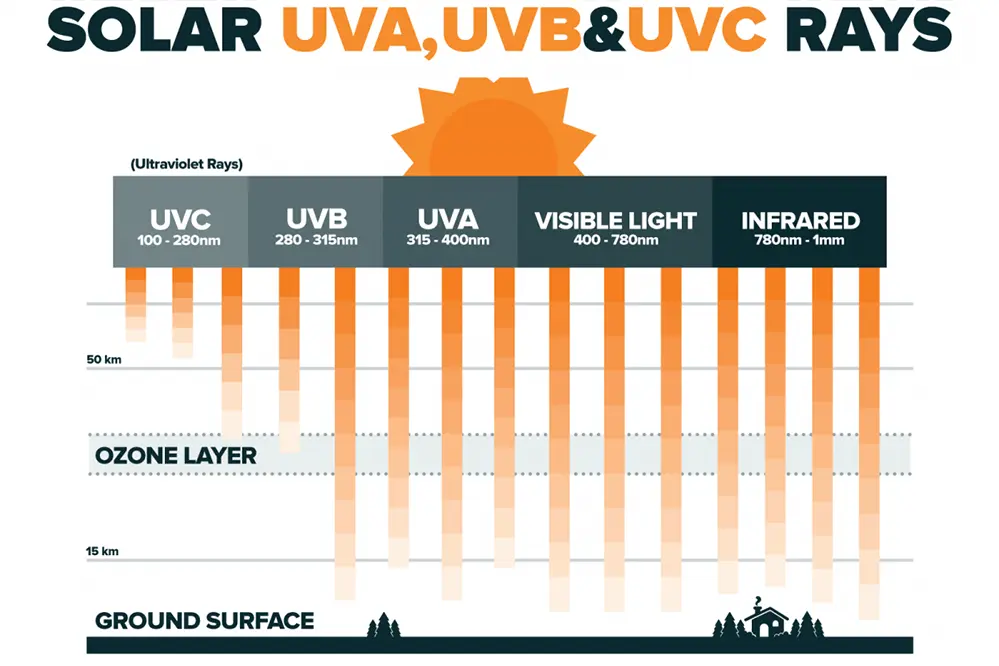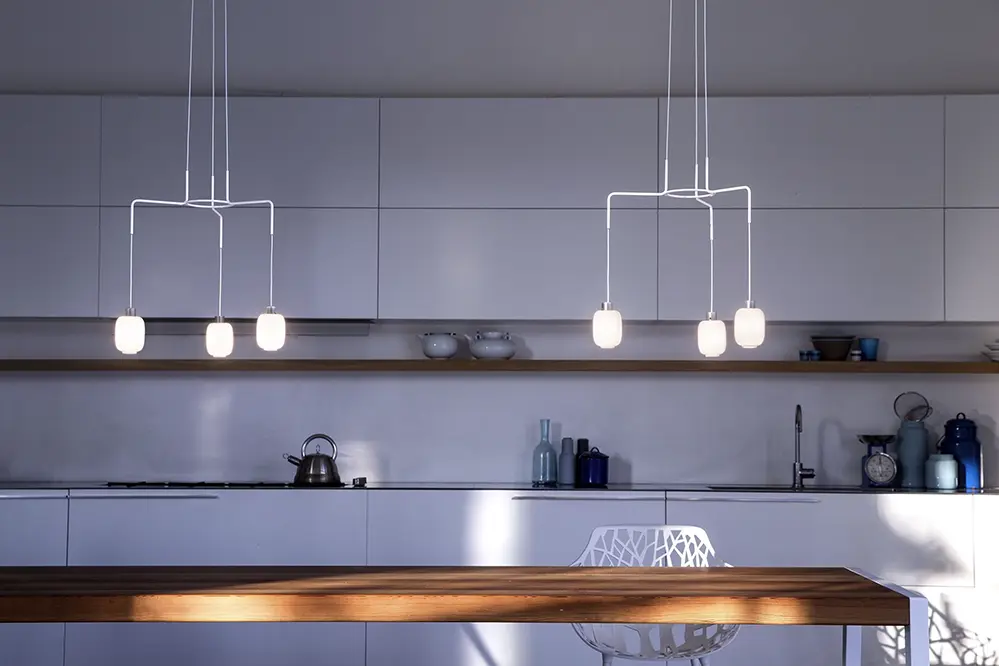LED strip lights have become a favorite for their versatility and energy efficiency. If you’re questioning whether these lights need a starter, you’re in the right place. With our expertise, we’ll provide the clarity you need.
LED strip lights do not require a starter. They are designed to function efficiently without additional components, making them straightforward to install and use.
Read on to discover more about the benefits of LED strip lights, installation tips, and how they can transform your space with vibrant illumination.
Understanding LED Strip Lights
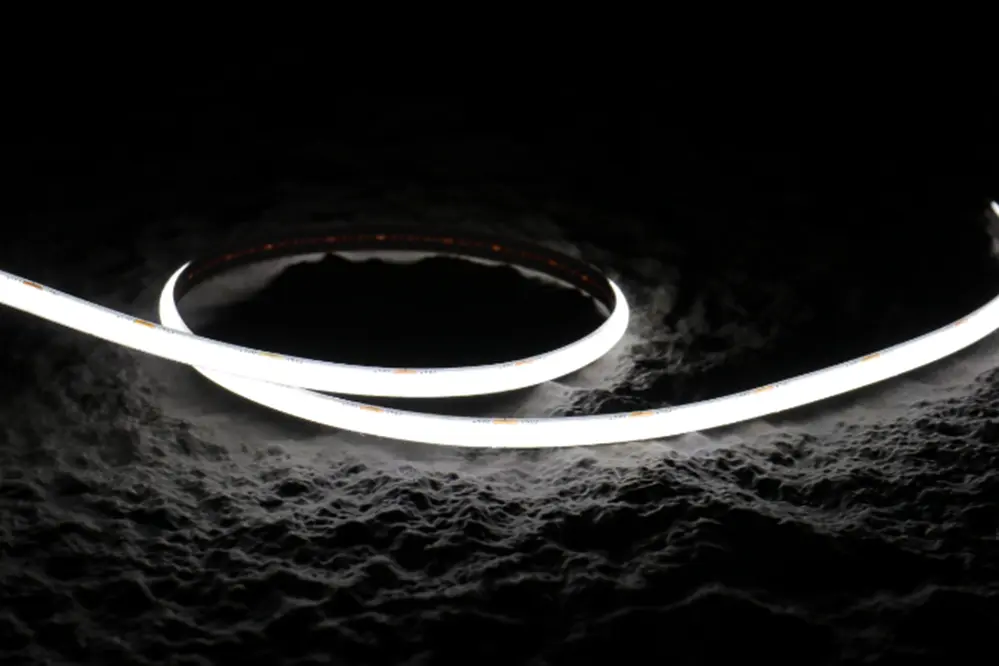
LED strip lights epitomize modern illumination, offering versatility in design, energy efficiency, and a palette of colors that transform spaces, enhancing both ambiance and functionality without the need for a ballast, as they produce high lumens to brighten any environment.
These Enlightening elements do not necessitate an additional starter owing to their inherent technology.
Comprised mainly of flexible circuit boards, the strips seamlessly incorporate light-emitting diodes (LEDs).
Their design allows for extensive customization and integration into various atmospheres, setting them apart.
LED strips are resilient and remarkably efficient, typically easy to install and adaptable for diverse needs. They inspire both residential and commercial applications, elevating the aesthetic frontier.
In essence, the brilliance of LED strip lights lies in their adaptability, promising a radiant future filled with potential. Their simplicity and robust design encourage even novice users to explore creative lighting possibilities.
What is a Starter?
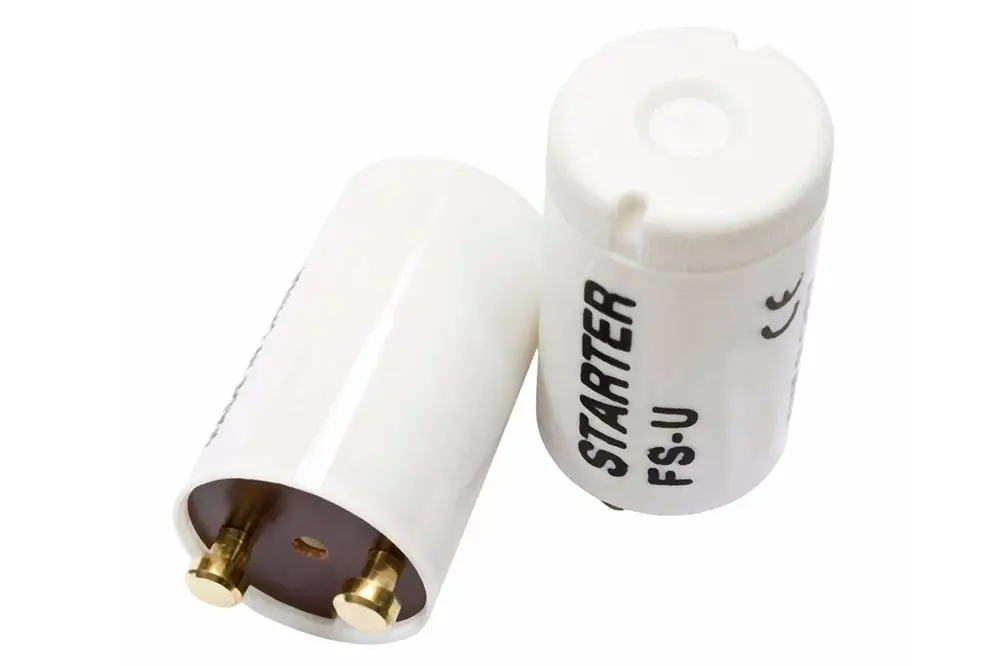
A starter, in traditional lighting, is a crucial device that ignites certain types of fluorescent lamps.
This component, an electrical device or a mechanical switch, initiates the lighting process by providing the necessary voltage, allowing the fluorescent lamp to achieve correct operational conditions. Starters are essential for lamps that depend on gas discharge to function effectively. Without them, these lamps may flicker excessively, suffer from delayed ignition, or fail to illuminate altogether.
Historically, starters were a mainstay in older lighting technologies. As lighting evolves, newer technologies have emerged that eliminate the need for such devices, favoring streamlined and efficient circuitry over reliance on external starters.
In the context of modern lighting solutions such as LED strip lights, the need for a traditional starter is rendered obsolete. LED technology, being solid-state, operates efficiently without requiring the initial high voltage provided by starters. Instead, they integrate advanced circuitry that inherently manages the power requirements, offering a sleek, straightforward lighting solution. This advancement not only simplifies installation but also fosters innovation and creativity in lighting design, unlocking limitless possibilities.
Do LED Strip Lights Need a Starter?
Embrace the innovation and efficiency that LED strip lights bring to modern lighting. Unlike traditional lighting systems that necessitate starters for activation, LED strip lights are marvels of contemporary technology, and do not require a starter.
Starters were once crucial for activating gas-discharge lamps.
LEDs boast an ingenious internal configuration that adeptly manages their power dynamics, ensuring smooth, flicker-free illumination without the need for auxiliary components like starters. This means fewer components, reduced complexity, and an energy-conscious approach to household and commercial lighting, making LED strip lights an ideal choice to replace traditional lighting systems.
As we delve deeper into the realm of LED lighting, it becomes evident that these advanced designs facilitate not just functionality but also brilliance in creativity and flexibility. The absence of conventional starters in LED strip lights heralds a new era—one where lighting design and application know no bounds. Welcome the future of lighting, where efficiency meets aesthetic visionary potential, casting a luminous path forward for us all.
Benefits of Not Using a Starter
Foregoing a starter in LED strip lights brings forth numerous advantages, significantly enhancing both utility and design freedom.
Primarily, the absence of a starter simplifies the installation process, a boon for both professional installers and DIY enthusiasts. This streamlined setup reduces time and skills needed to achieve expert results, while concurrently lessening the likelihood of installation errors. Without a starter, end-users benefit from a more straightforward experience, ultimately empowering broader adoption and creative implementation.
Moreover, this simplicity translates to a reduction in maintenance concerns. By eliminating the need for additional components, LED strip lights naturally foster a more reliable lighting solution. This reliability not only enhances the longevity of the lighting system but also provides users with peace of mind regarding consistent performance.
Lastly, opting out of using starters accentuates technological advancements in lighting designs, underscoring LEDs’ inherent strengths. It opens avenues for more innovative designs, offering flexibility to adapt lights creatively to any space. This progressive approach ensures that LED systems remain at the forefront of sustainable and efficient lighting strategies, eliminating the need for ballast configuration in their setup.
Potential Challenges Without a Starter
While LED strip lights typically do not require a starter for functioning, the absence of such a component could potentially replace older electrical systems, which might depend on starters for compatibility and voltage regulation.
Without additional stabilization, such as using a ballast, these traditional systems might experience inconsistencies when interfacing with advanced lighting technology, such as when integrating with LED tubes.
Troubleshooting Common Issues
Experiencing dimming or flickering? Ensure your LED strip lights are receiving consistent power, verifying all connections. Inconsistent power supply often leads to undesired lighting fluctuations and reduced performance.
If troubleshooting reveals a burnt-out LED or “hotspot effect,” inspect for any overheating issues. Ensure proper ventilation and use only voltage-compatible power supplies to prevent further damage.
Proper installation and maintenance significantly reduce the risk of technical issues, offering a worry-free, long-lasting lighting experience.
For unexpected shutdowns: Check that the power supply matches the strip’s wattage requirements. Misleading wattage compatibility can strain power sources, causing the lights to sporadically turn off. Replace mismatched components promptly to restore reliable operation.
Power Supply Options for LED Strip Lights
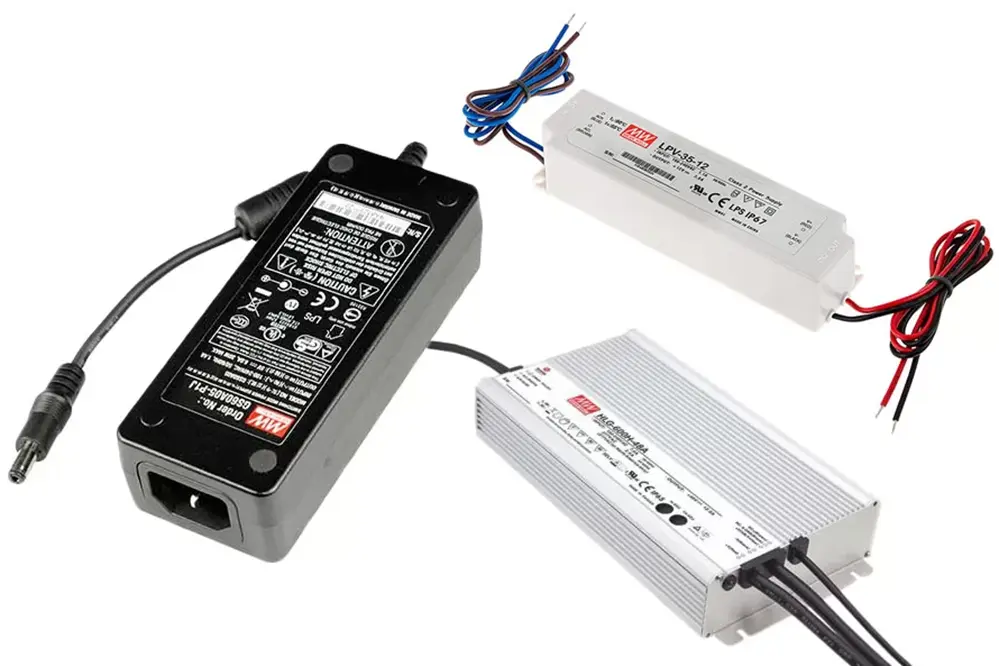
When considering LED strip lights, selecting the right power supply profoundly impacts the efficiency and lifespan of your lighting system.
As of 2024, there are numerous power supply options available, each tailored to meet specific requirements. From plug-in adapters to hardwire drivers, the variety caters to diverse needs, ensuring maximum flexibility and optimal performance for your LED strip lights.
Generally, it’s essential to choose a power supply rated to match your strip lights’ voltage and wattage requirements. Proper alignment prevents electrical malfunctions and promotes seamless illumination, helping you achieve your desired ambiance effortlessly.
Furthermore, the market offers dimmable power supplies, which are excellent for creating adjustable light settings. These can be particularly beneficial in settings requiring variable lighting moods, adding an extra layer of customization and comfort.
In summary, investing in the correct power supply ensures your LED strip lights perform reliably and efficiently, optimizing your lighting experience.
Understanding Voltage and Amperage
Recognizing voltage and amperage is pivotal here.
Voltage refers to the electric potential difference, while current is measured in amperes. When discussing LED strip lights, understanding these electrical components is critical for electricians and enthusiasts alike. Without this foundational knowledge, you risk damaging your lighting by exceeding voltage limits or providing insufficient current. Meanwhile, amperage gauges the flow of electric charge.
LED strip lights usually operate on low-voltage systems.
This makes them safer to use—a testament to the innovation embodied within these lights. They often utilize direct current (DC) voltage specifications to power their light-emitting diodes.
In 2024, advancements in technology continue to refine the efficiency of LED lighting by optimizing voltage requirements and minimizing energy waste. This evolution underscores the significance of precise voltage and amperage calculations, ensuring your LED strip lights not only illuminate spaces but also do so with unparalleled efficiency. Understanding these concepts empowers you to maximize the potential of your lighting systems, forging a path toward brighter and more sustainable living environments.
Installation Tips for LED Strip Lights
Before starting, gather essential tools like a tape measure, scissors, connectors, and adhesive backing for easy installation.
To enhance durability, ensure surfaces are cleaned and dry before applying strips. Measure meticulously for precise placement, ensuring each strip aligns with your intended design and function.
Use the terms “cut-to-length” and “plug-and-play” when purchasing to highlight adaptability and ease.
Preparing the Surface
Before installing LED strip lights, it is crucial to prepare the surface meticulously to ensure optimal adhesion and longevity.
- Clean the Surface: Use isopropyl alcohol to remove dust, grease, and any residues.
- Ensure Smoothness: Sand down any rough areas to create a flat surface.
- Dry Thoroughly: Allow the surface to dry completely before application.
- Mark Placement: Use a pencil to outline where the strips will be positioned.
This careful preparation reduces the risk of future detachment due to environmental factors.
By ensuring a properly prepared surface, your LED strip lights will not only adhere better but also enhance aesthetic appeal and functionality.
Cutting and Connecting Strips
Mastering the art of cutting and connecting LED strip lights is key to achieving a seamless, vibrant look that accentuates your space.
Before you begin, always ensure the power is off.
LED strips typically include marked cutting points, which are specific intervals where safely cutting the strips is possible without damaging the circuit. All you need are sharp scissors, ensuring a clean and accurate cut at these designated marks.
To connect the strips, effective connectors come in handy, providing a stable link without the need for skilled soldering. With an array of connector types available, such as “snap” or “clip” in connectors, your tailored lighting desires can be effortlessly fulfilled with professionalism and precision. Feel free to mix and match as your design evolves, unlocking creative possibilities.
Types of LED Strip Lights
LED strip lights come in various configurations, a variety sure to match your creative aspirations, whatever they may be. Some of the most common types include flexible LED strips, which offer versatility, allowing them to be installed almost anywhere within your space for enhanced illumination.
For those desirous of a more tailored look, consider the “addressable strips.” These allow for a sweep of dynamic effects, providing multi-color possibilities. On the other hand, the consistency of single-color LEDs is perfect for ease of use and simpler designs meant to maintain a cohesive environment. Regardless of the type you choose, each offers the remarkable energy efficiency and long lifespan that make LED strips an outstanding choice for modern lighting solutions.
Flexible vs. Rigid Strips
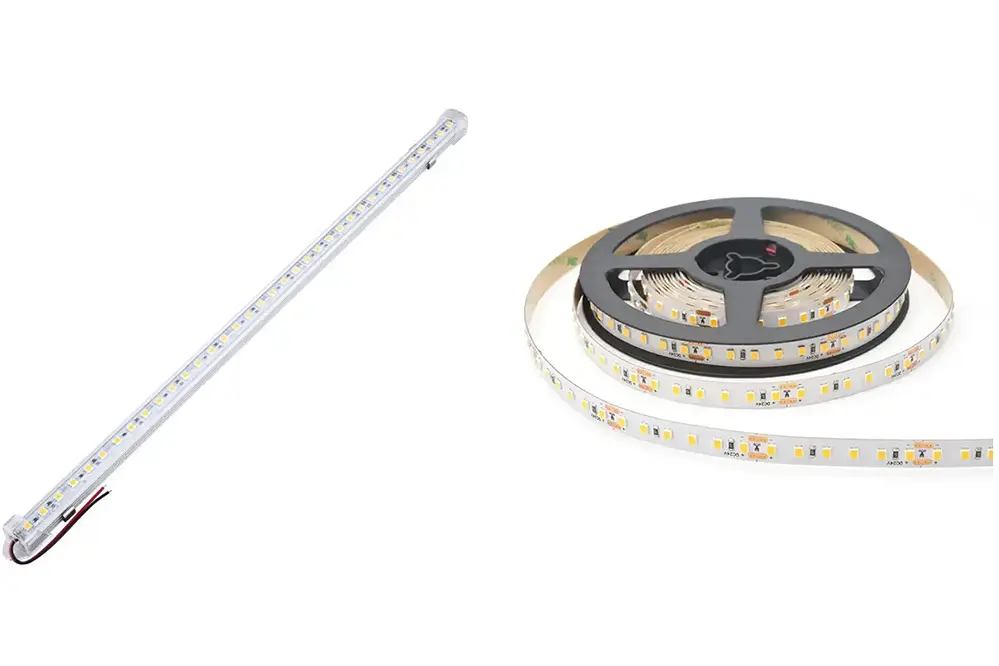
Lighting projects often present numerous choices, particularly when deciding between flexible and rigid LED strip lights.
Flexible LED strips, with their characteristic bendable design, cater to unconventional spaces, wrapping around corners and edges seamlessly. These strips are ideal for intricate designs requiring adaptive lighting solutions, boasting the ability to conform to a multitude of shapes. Their versatility extends from home settings to commercial establishments, offering creativity and function intertwined in a uniquely visual display.
Conversely, rigid strips are composed of a firm, linear design that provides stability. In scenarios demanding robust and durable installations, such as under-cabinet lighting or commercial exposures, these strips are the paragon of reliability. Although they lack the malleability of their flexible counterparts, they excel in straightforward, fixed installations.
When deciding between these styles, assess your specific lighting goals and architectural demands. The choice between flexibility and rigidity can transform a lighting project from merely practical to strikingly spectacular. Both types come equipped with the remarkable energy efficiency intrinsic to LED technology, allowing you to achieve sustainable brilliance regardless of your selection.
Waterproof Options
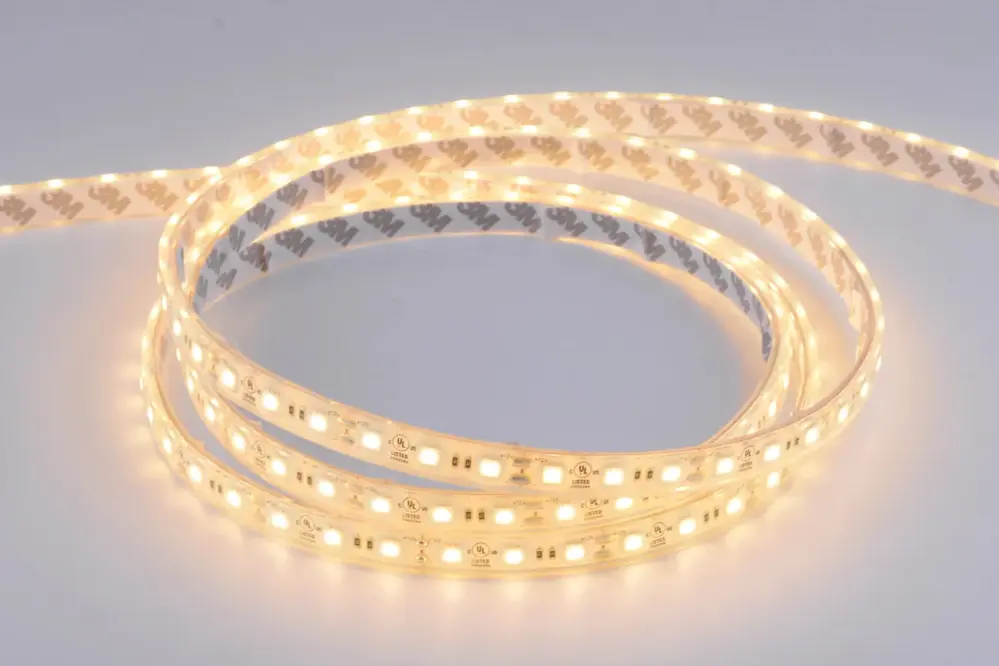
For environments prone to moisture exposure, waterproof LED strip lights are an essential fixture choice for ensuring durability and longevity.
- IP Ratings: Choose lights with higher IP ratings for maximum waterproof protection.
- Material Coating: Opt for strips with silicone or epoxy coatings for added water resistance.
- Installation Areas: Ideal for bathrooms, kitchens, outdoor patios, and poolsides.
These strips offer robust protection against water, safeguarding their luminous performance in damp conditions.
By choosing waterproof options, you can illuminate any space with confidence, regardless of weather or moisture levels.
Comparing LED Strip Lights and Traditional Lighting
LED strip lights stand apart from traditional lighting sources.
Traditional lighting options, such as incandescent, fluorescent bulbs, and led tubes, have long been the mainstay of lighting solutions. They operate with more energy consumption and offer limited flexibility in application. Conversely, LED strip lights present an exciting evolution in lighting solutions. Their versatility, energy efficiency, and potential for customization allow for transformative effects in lighting design projects.
LEDs are undeniably more energy-efficient.
When considering longevity, LED strip lights also shine – not just literally but figuratively – as they offer remarkably longer lifespans compared to traditional bulbs. This extended duration ensures fewer replacements and maintenance, leading to sustainability and cost savings over time by allowing you to replace lighting solutions less frequently.
Moreover, the move towards LED strip lighting represents a broader transition towards innovative lighting technologies that prioritize efficiency and aesthetic flexibility. As we advance through 2023 and beyond, this transformative lighting revolution promises to redefine how we illuminate our environments, integrating seamlessly with modern architecture and sustainable practices. These developments herald a new era in lighting, inspiring confidence in both consumers and professionals seeking cutting-edge illumination solutions.
Conclusion
LED strip lights represent a cutting-edge lighting solution, eliminating the need for traditional starters and offering unmatched simplicity and reliability. These lights empower users to effortlessly craft exceptional spaces, reflecting a conscious shift towards sustainability and innovation. By embracing LED technology, you are investing in a future where efficiency and creativity go hand in hand, allowing you to focus on what truly matters—creating environments that inspire.
Beyond mere utility, LED strip lights symbolize a commitment to progress and modern ingenuity. Their revolutionary design ensures that you are equipped with the latest advancements in lighting technology, freeing you from cumbersome processes. As you explore the possibilities these lights offer, you hold the promise of a brighter, more efficient tomorrow. Let their brilliance illuminate your path forward, guiding your endeavors into a future filled with illuminating possibilities.

